Maryland's Bat Mines
Research is shedding light—ultraviolet light—on a disease that has decimated Western Maryland's bats.
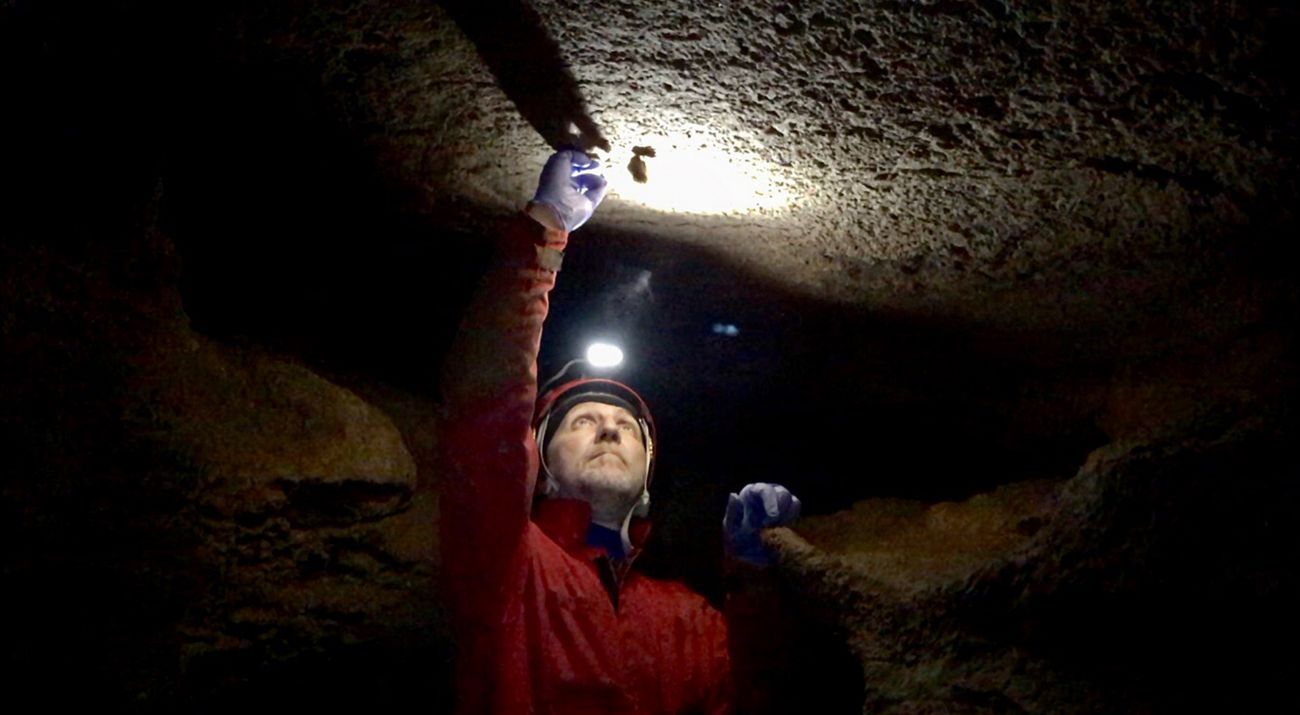
Daniel Feller is the Western Regional Ecologist for the Maryland Department of Natural Resources Wildlife and Heritage Service. Since 1990 he has been leading a statewide survey of bats alongside partners in academia, government and TNC.
After 20 years of watching bat numbers grow, Dan made a heartbreaking discovery in 2010: a disease called white-nose syndrome had reached the Central Appalachians and had begun to devastate the bat populations of Western Maryland.
Maryland's Bat Mines
The Nature Conservancy is working to keep the forests of the Central Appalachians connected and healthy in the face of climate change and other invasive threats. Bats are a critical component in a healthy forest ecosystem and their survival is essential to our Appalachian forests.
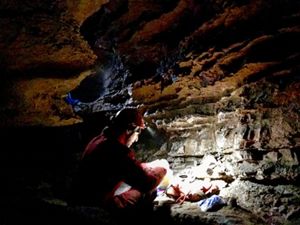
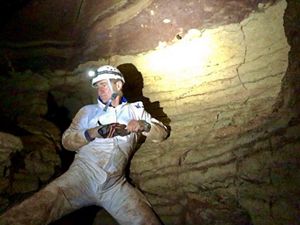
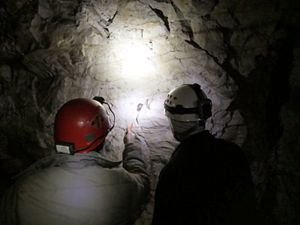
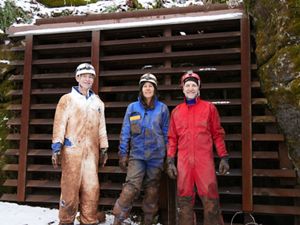
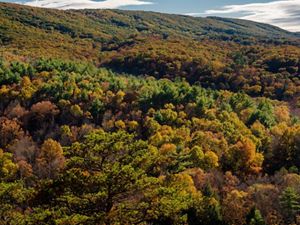

Preparing Equipment: Daniel Feller (MD-DNR) prepares equipment for the bat survey. He has been leading a statewide survey of bats since 1990. © Severn Smith / TNC

Checking for White-Nose: Dr. Richard Raesly, Professor of Biology, Frostburg State University, prepares to inspect a tricolored bat for white-nose syndrome during the 2018 bat survey. © Severn Smith / TNC

Maryland Bat Mines: Dan and Rich examine a hibernating tricolored bat for white-nose syndrome. © Severn Smith / TNC

A Tight Squeeze: Bats can squeeze through openings the size of a dime—it takes a little more effort and an appreciation for tight spaces for the researchers who traverse Maryland's bat mines. © Severn Smith / TNC

Western Maryland Forest: We're working to keep the forests of the central Appalachians healthy and connected n the face of climate change. © Kent Mason
White-nose syndrome is named for the white fungus that attaches itself to dormant bats. It causes them to fly around and use up the energy stored from eating small insects—energy they need to see them through winter hibernation.
White-nose syndrome was introduced to the U.S. in 2006 by humans who inadvertently carried it from Europe to a cave near Albany, NY. The disease spread rapidly and has since killed more than 5.7 million bats in eastern North America. In some wintering areas (called hibernacula), 90 to 100 percent of the bats have died.
Despite a seemingly gloomy outlook, research from the USDA Forest Service gives Dan hope. A study published in 2018 in the journal Nature Communications, shows that ultraviolet rays break down the fungus that causes white-nose. The study results might provide clues for stopping the deadly disease.
Watch
We Can’t Save Nature Without You
Sign up to receive monthly conservation news and updates from Maryland/DC. Get a preview of Maryland/DC's Nature News email.
